

Josh Nevett
2025 Bentley Bentayga review
4 Days Ago

Journalist
The Ford Puma, the Blue Oval’s entry-level crossover, is getting an update that will bring with it an all-new electric variant.
The Puma EV is due in Australia in the second half of 2024.
If this set of spy photos is anything to go by, the new EV variant will form part of the facelifted Puma range rather than being a harbinger for the second-generation Puma crossover.
The biggest difference between the Puma EV seen here and the facelifted prototype photographed in October is the front bumper.
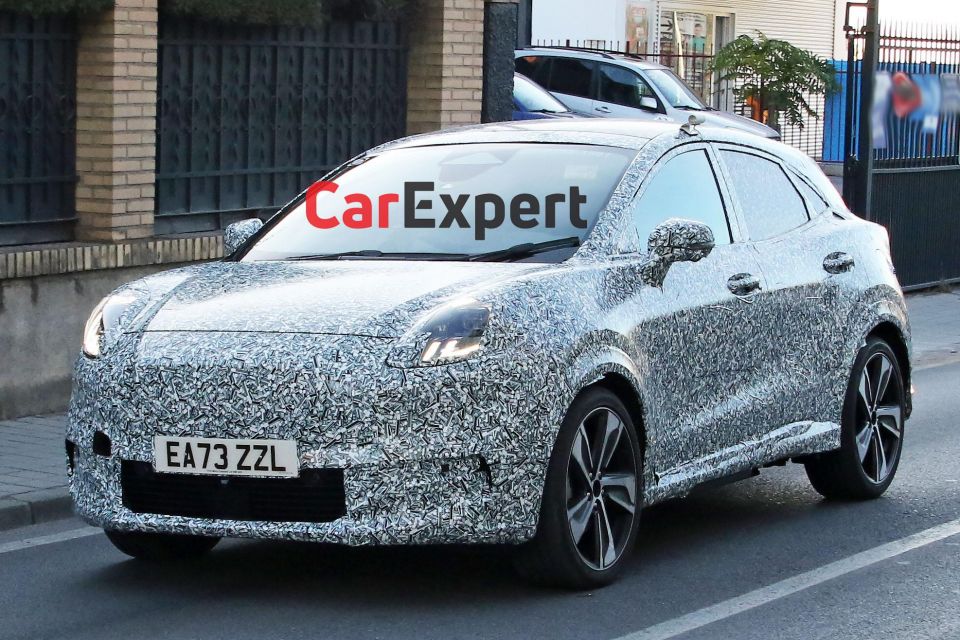
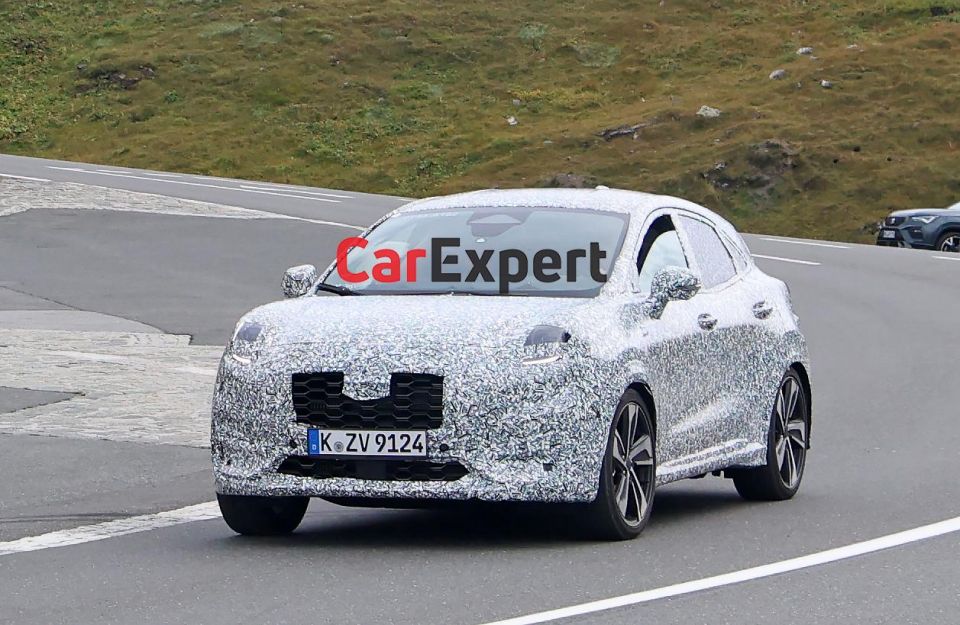
Where the petrol- and diesel-powered Puma models will retain a large grille, the EV variant will have a unique fascia with only a small air intake at the bottom.
Elsewhere, the only other difference we can discern is the lack of tailpipes. The fact this prototype still has exhaust cut outs in the rear bumper suggests all the facelift’s visual changes have not been applied to this car.
We expect the updated Puma will also sport new graphics for the head- and tail-lights, new alloy wheel designs, and an updated colour palette. The early spy photos also suggested there will be a new dashboard, with the central vents moved to the top to accommodate a larger touchscreen infotainment system below.
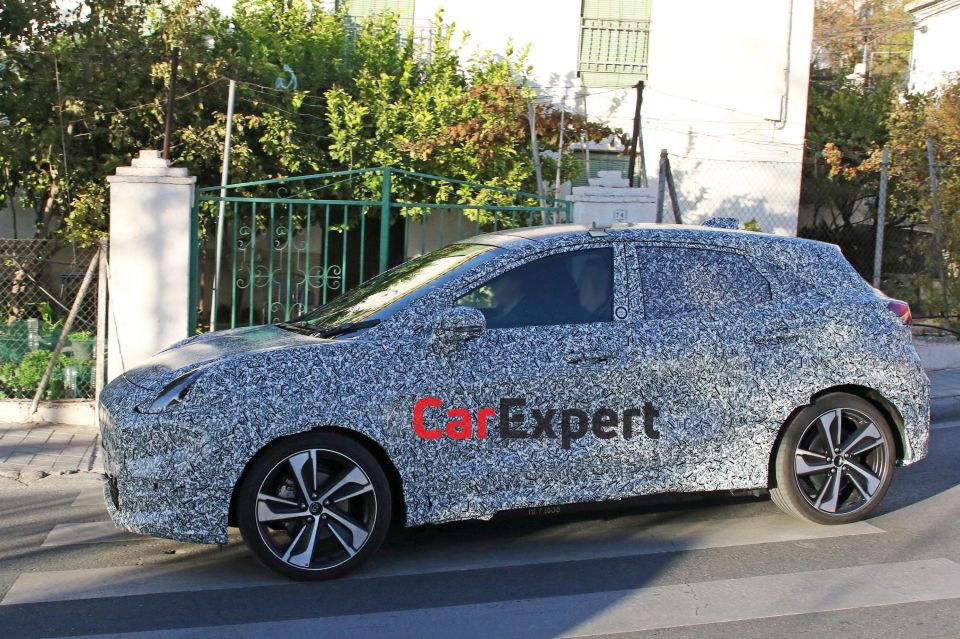
With the axing of the Fiesta, the Puma is the smallest Ford currently sold in Europe, and the new Puma EV will sit at the bottom of the company’s growing range of all-electric passenger cars.
Unlike other passenger EVs Ford is selling, or plans to sell, the Puma EV will not use a dedicated electric vehicle architecture. Instead the existing Fiesta-based platform will be updated to accommodate an electric motor and large battery pack.
Ford has yet to provide details about the Puma EV’s drivetrain, but it is expected to share a lot in common with the Transit Courier EV unveiled in April this year. Both the Transit Courier and Puma not only use the same platform, but are built together at Ford’s joint venture factory in Romania.
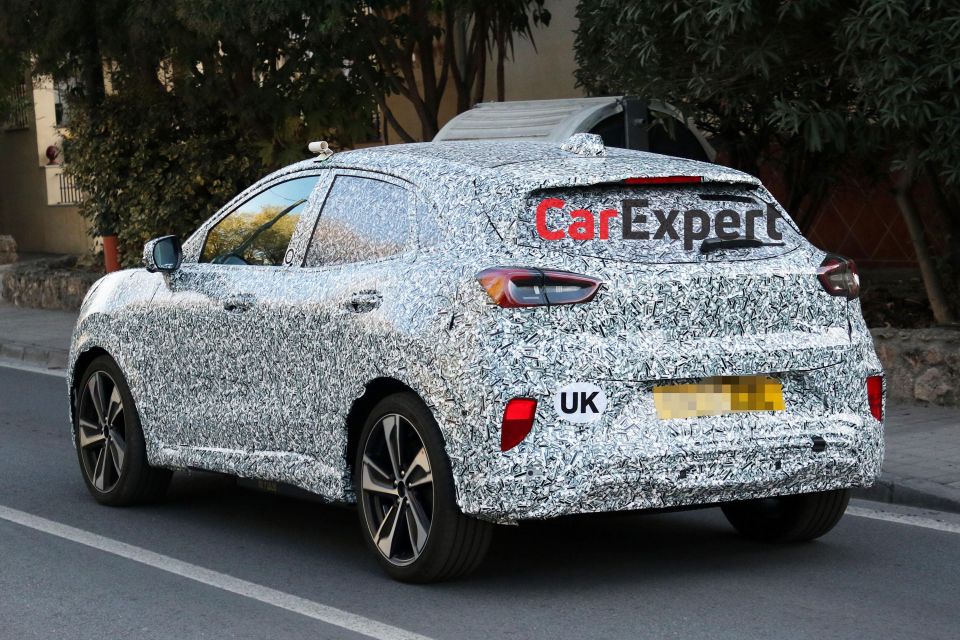
The E-Transit Courier, as the electric van is known, has a 100kW/290Nm electric motor driving the front wheels, and is fed by a battery pack that supports AC charging up to 11kW, and DC fast charging up to 100kW.
With the E-Transit Courier not due to go on sale until late 2024, Ford has yet to confirm the battery’s size, the van’s driving range, nor its price premium above its petrol and diesel siblings.
Sitting above the Puma EV in Europe will be a Euro-specific Explorer EV, and a “coupe” variant of that car, widely expected to wear the Capri name.
Both the Explorer and Capri will be based on the Volkswagen Group’s MEB architecture, meaning they will share a lot in common with the Volkswagen ID.4 and ID.5, Skoda Enyaq iV, and Audi Q4 e-tron.
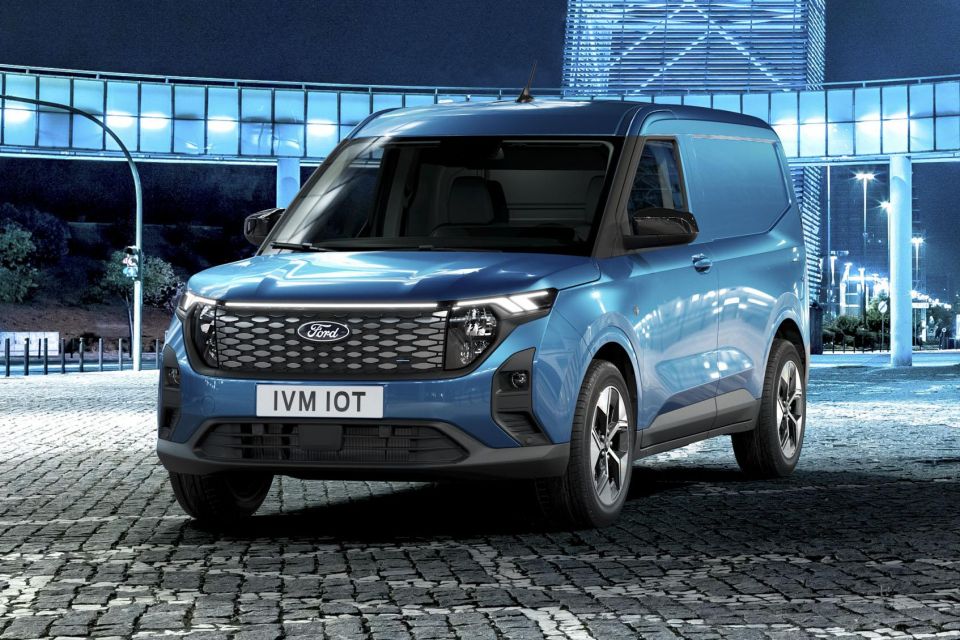
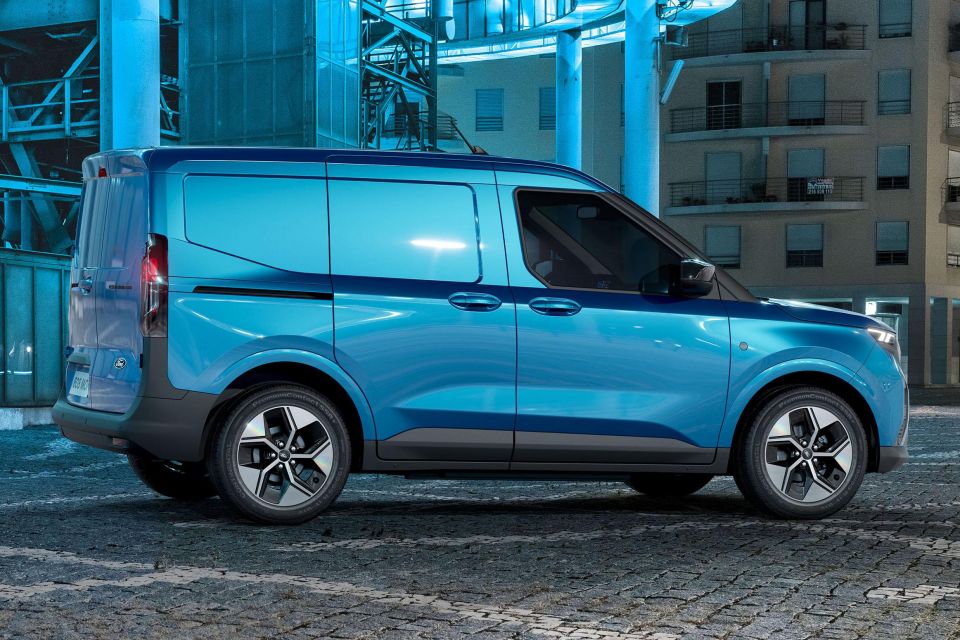
In addition to a Ford-design body and interior festooned over Volkswagen bones, both these crossovers will be built at Ford’s factory in Cologne, Germany.
At the top of the Ford’s European EV range is the Mexican-made Mustang Mach-E.
Ford Australia has axed the Escape from its range, meaning there will soon be just two passenger car-based crossovers available Down Under: the Puma and the much-larger electric-only Mustang Mach-E.
MORE: Everything Ford Puma
Where expert car reviews meet expert car buying – CarExpert gives you trusted advice, personalised service and real savings on your next new car.
Derek Fung would love to tell you about his multiple degrees, but he's too busy writing up some news right now. In his spare time Derek loves chasing automotive rabbits down the hole. Based in New York, New York, Derek loves to travel and is very much a window not an aisle person.


Josh Nevett
4 Days Ago


Andrew Maclean
4 Days Ago


Shane O'Donoghue
3 Days Ago


Anthony Crawford
2 Days Ago
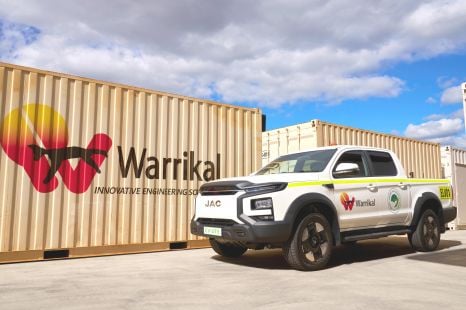

William Stopford
2 Days Ago


Matt Campbell
1 Day Ago